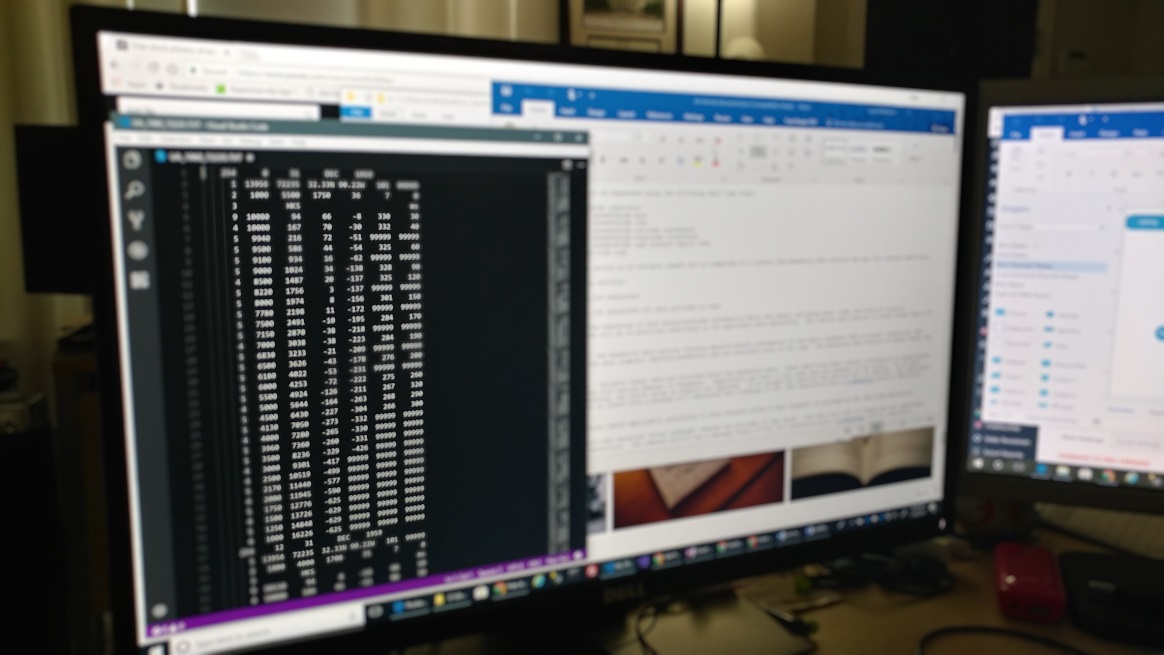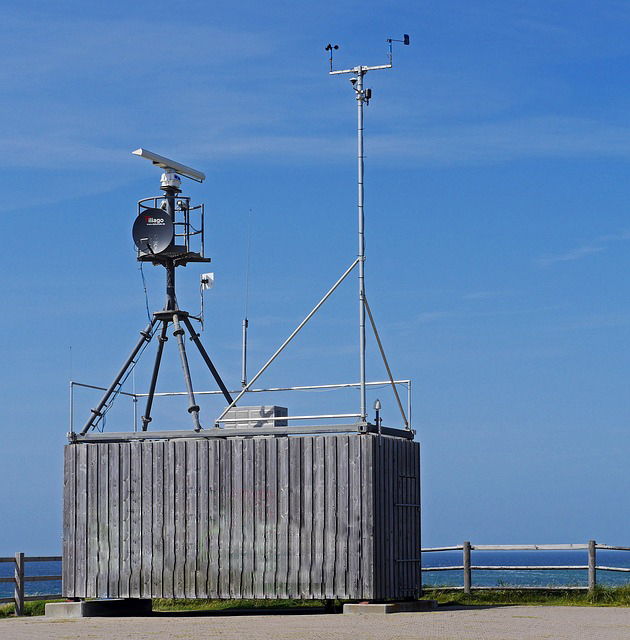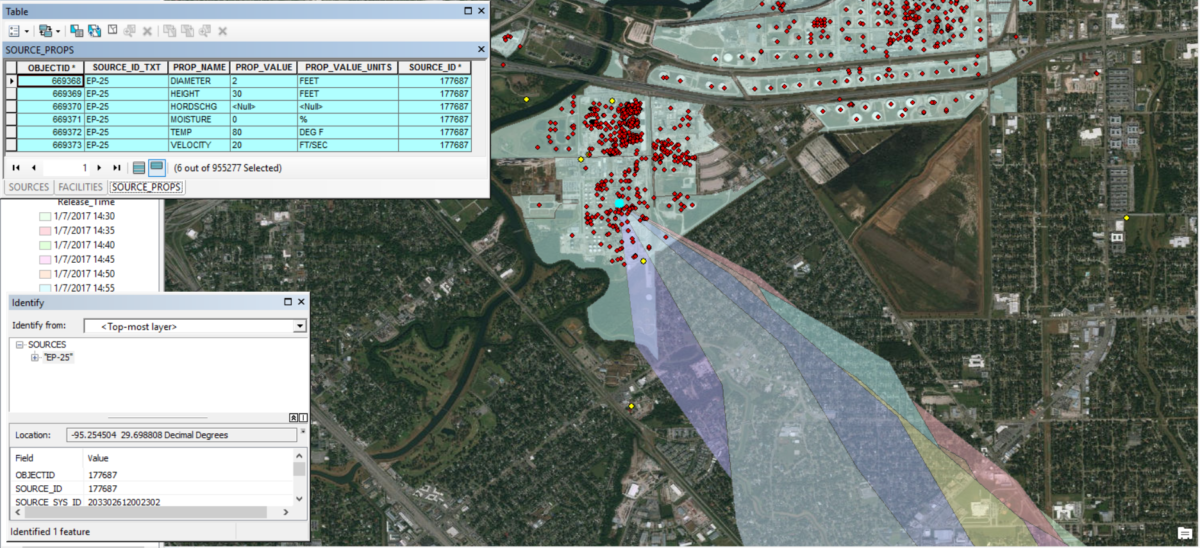-
AERMET Made Easy – AERMET Input Files

AERMET – As Easy as a 1-Ah and a 2-Ah and a 3 If you have read the previous articles on locating and obtaining surface and upper air meteorological and land use data (stations, surface, upper air and land use), you now are at the point of learning how to put together the information you […]
-
Mapping Land Use / Land Cover Codes from NLCD1992 to NLCD2011

If you do chose to use land use data from the USGS that is more recent than 1992 (NLCD for 2001, 2006, 2011, and 2016), be aware that the classification schema for the newer data is slightly different. The table below shows the mapping for the classification codes. Though it is import to know the […]
-
AERMET Made Easy – Accessing Upper Air Data and AERSURFACE

When I was in elementary school in the 1960’s and 70’s, if you needed to look something up, like relevant dates, historical figures and events, etc., you would go to the library. Being too young to drive to the library, I often relied upon the encyclopedias my parents had bought many years earlier; 1955 to […]
-
AERMET Made Easy – Selecting Weather Stations

“When using National Weather Service (NWS) data for AERMOD, data representativeness can be thought of in terms of constructing realistic planetary boundary layer (PBL) similarity profiles and adequately characterizing the dispersive capacity of the atmosphere. As such, the determination of representativeness should include a comparison of the surface characteristics (i.e., zo, Bo and r) between […]
-
Connect Your Modeling Database to Your AQA

It is rare to have a dispersion modeling project that you start on and finish without any changes during the process. There is almost always a modification to emission rates or an updated design that moves a source or raises or lowers a stack height. Typically, these changes happen when you are 99% completed with […]
-
Connect Your Modeling Database to Your GIS

When I was in graduate school, I attended a graduate seminar on design optimization algorithms. The case study presented was on design improvements of the structural components of a minivan. The inputs into the algorithms were the current minivan design and all the criteria for required regulatory and industry design constraints, standards, and rules and […]
-
Using Databases with Dispersion Modeling: Putting It All Together

When I head out on a journey, whether for vacation or for work, there is always that anticipation along the way. When I finally reach my destination, I get a feeling of accomplishment. I finished something that I started. If you have been keeping up with the articles on Using Databases with Dispersion Modeling (The […]
-
Using Databases with Dispersion Modeling: Nested Queries

Most of you out there reading this article are scientists or engineers. In the course of our education we have come across some really gnarly complicated problems to solve. We probably started shaking and sweating profusely while reading the text of these problems. To solve these types of problems, we were all trained to break […]
-
Using Databases with Dispersion Modeling: More on Queries

I am a DIY-er (do it yourself-er). There was always a home project to work on; plumbing, electrical, carpentry. You name it. I knew how to do these things correctly, but it always took so incredibly long to finish. I had all the tools I needed, but they were in my toolbox or in a […]
-
Using Databases with Dispersion Modeling: Calculation Examples

We love feedback. One common comment regarding the article on “Calculations with Queries” (http://www.naviknow.com/2018/07/25/using-databases-calculations-with-queries/) was that people wanted to see more examples. To follow is a relevant example that captures quite a few topics covered in both the previous article. Let’s suppose you have created a data table in your database to store data on […]